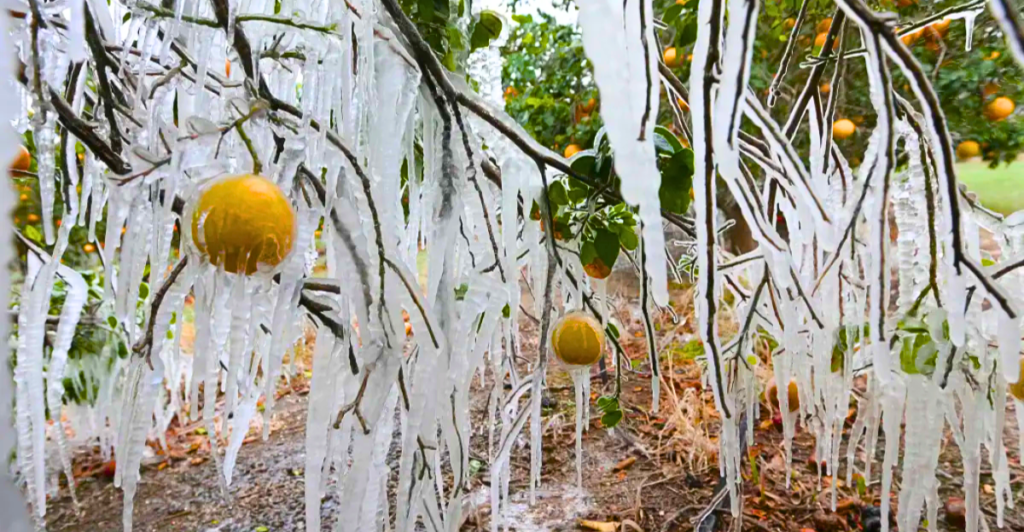
A significant meteorological event is poised to impact vast regions of the United States. The polar vortex, a large area of low pressure and cold air surrounding the Earth’s poles, is expected to descend into the continental U.S., bringing with it a dramatic drop in temperatures. Forecasts indicate that certain states may experience temperature decreases of up to 30 degrees Fahrenheit below their historical averages.
What Will Happen Next
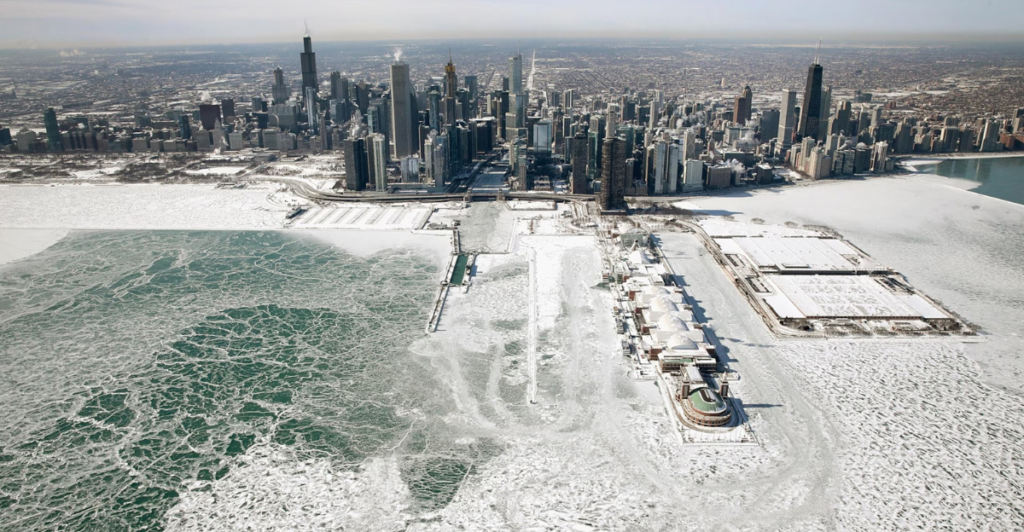
This impending cold wave has garnered attention from meteorologists and the public alike. The sudden influx of Arctic air is anticipated to affect daily life, energy consumption, and infrastructure across the affected regions. Understanding the scope and implications of this weather phenomenon is crucial for preparedness and safety.
Understanding the Polar Vortex
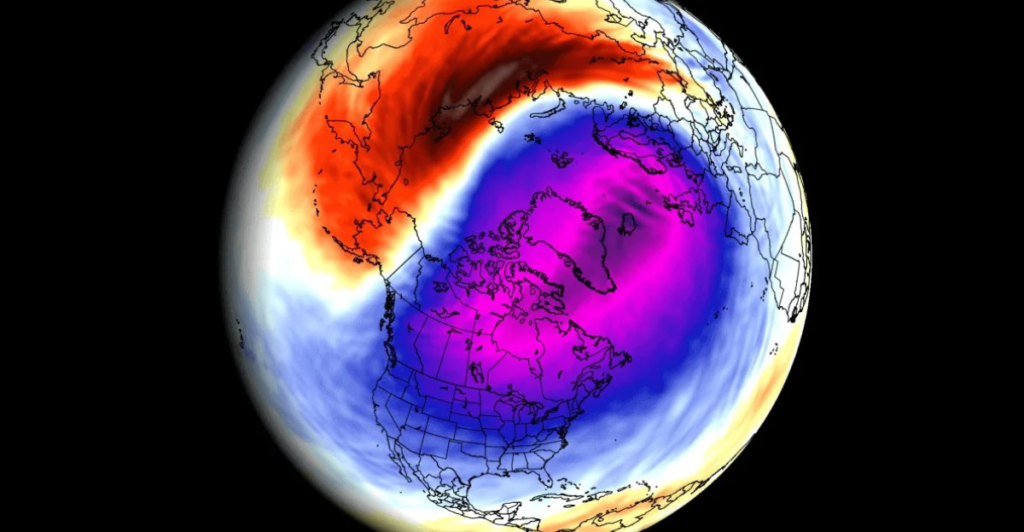
The polar vortex is a persistent, large-scale cyclone located near the Earth’s poles. During winter months, it can expand and send cold Arctic air southward into the United States. This movement is often associated with significant temperature drops and severe winter weather conditions.
Can It Change?
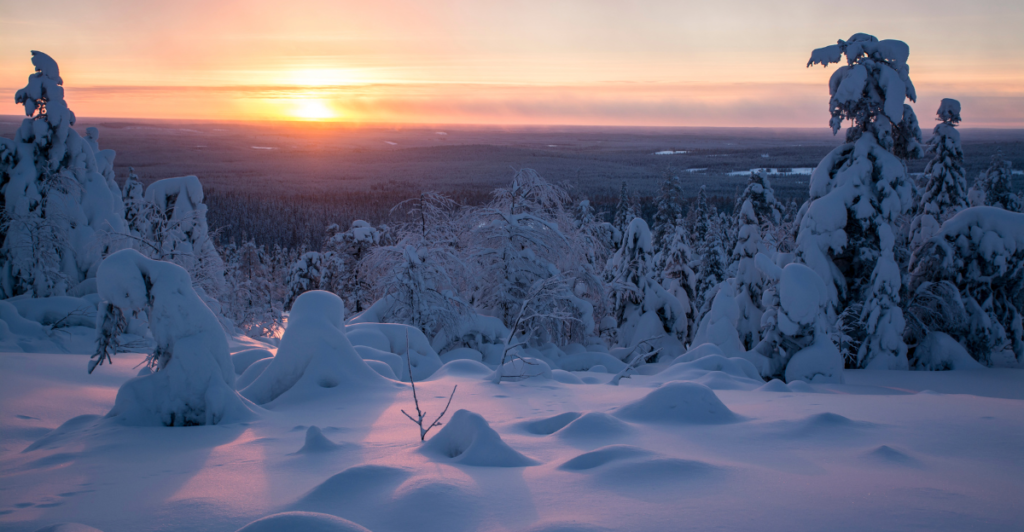
Recent studies suggest that disruptions in the polar vortex may be linked to climate change. Warming temperatures in the Arctic can weaken the vortex, causing it to wobble and allowing cold air to spill into lower latitudes. This results in unseasonably cold temperatures in regions unaccustomed to such extremes.
States Expected to Be Most Affected
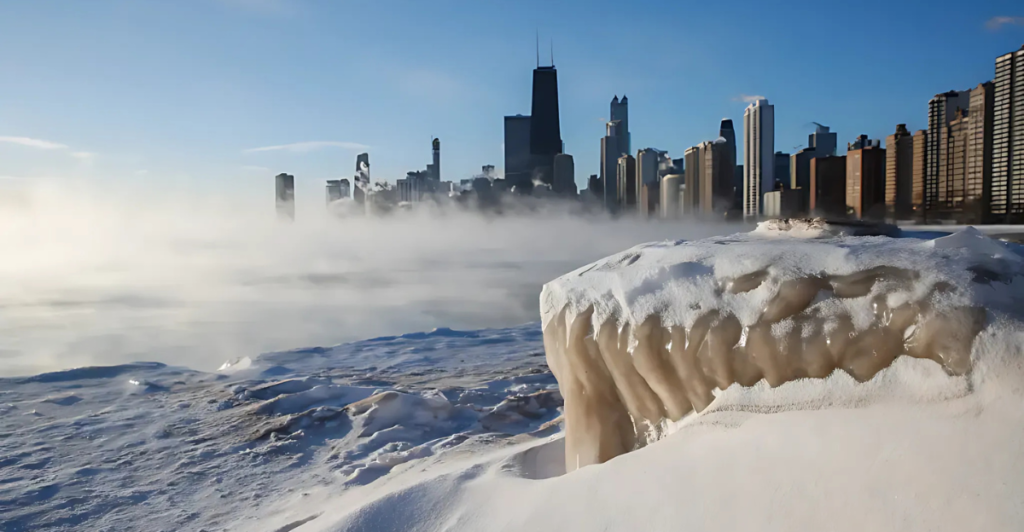
The upcoming polar vortex is projected to impact several states across the northern and central United States. According to forecasts, areas including Idaho, Montana, the Dakotas, and parts of the Midwest may experience temperature drops ranging from 20 to 30 degrees below their historical averages.
In some regions, temperatures could plummet to dangerously low levels. For instance, parts of Idaho, Montana, and the Dakotas may see temperatures as low as -20°F to -30°F during the peak of the cold wave. Such extreme conditions pose significant risks to both individuals and infrastructure.
Potential Impacts on Daily Life
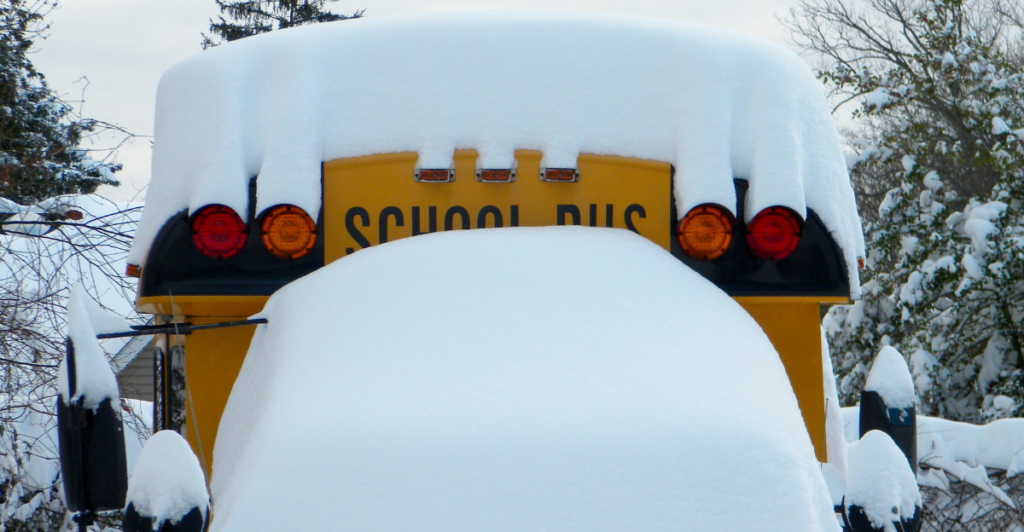
The anticipated temperature drop is likely to have widespread effects on daily life in the affected states. Schools and businesses may face closures due to hazardous conditions, and transportation networks could be disrupted by snow and ice. Residents are advised to prepare for potential power outages and ensure they have adequate heating resources.
How It Affects Us
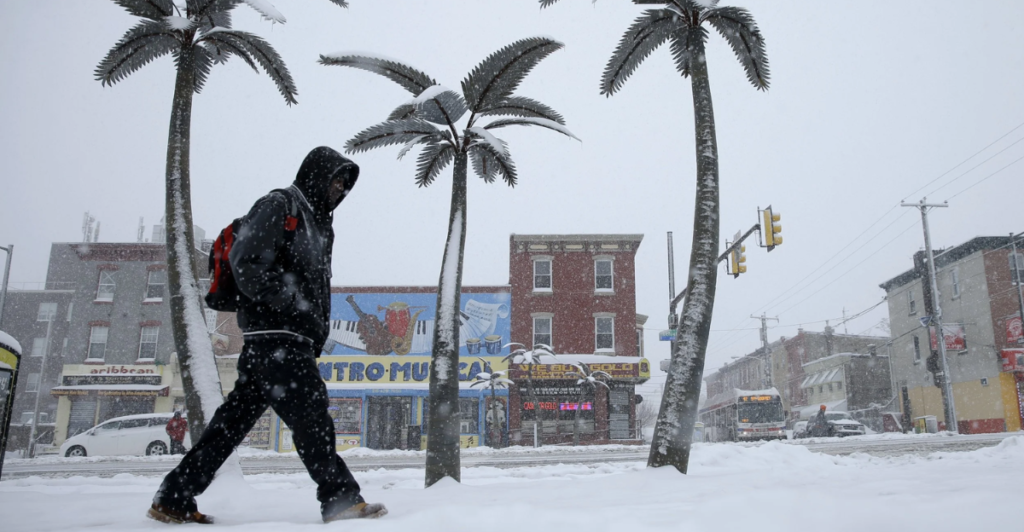
Additionally, the extreme cold increases the risk of frostbite and hypothermia for those exposed to the elements. Public health officials recommend limiting time spent outdoors and wearing appropriate clothing to mitigate these risks. Communities are encouraged to check on vulnerable populations, including the elderly and those without access to adequate heating.
Energy Consumption and Infrastructure Concerns

The surge in heating demand during such cold spells can strain energy infrastructure. Natural gas prices have already seen a significant increase, rising by 14% in the past month to $3.66 per million British thermal units, with peaks reaching $4.20. Heating oil futures have also risen by 5%, settling at about $2.35 per gallon.
Sources Of Power
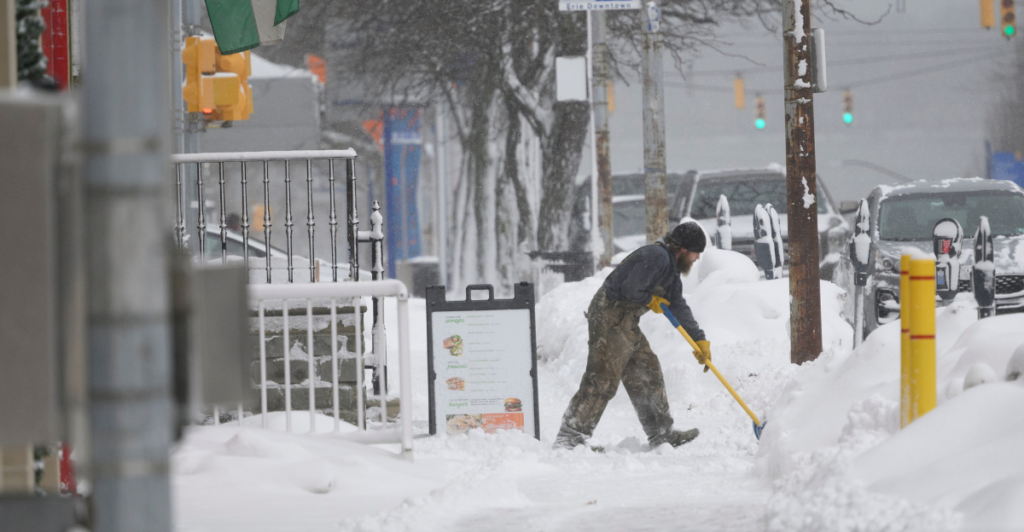
Energy providers are preparing for increased consumption, but prolonged cold can lead to supply challenges. Residents are advised to conserve energy where possible and ensure their homes are well-insulated to maintain warmth. Local authorities may issue guidelines on energy usage to help manage demand during peak periods.
Historical Context and Comparisons
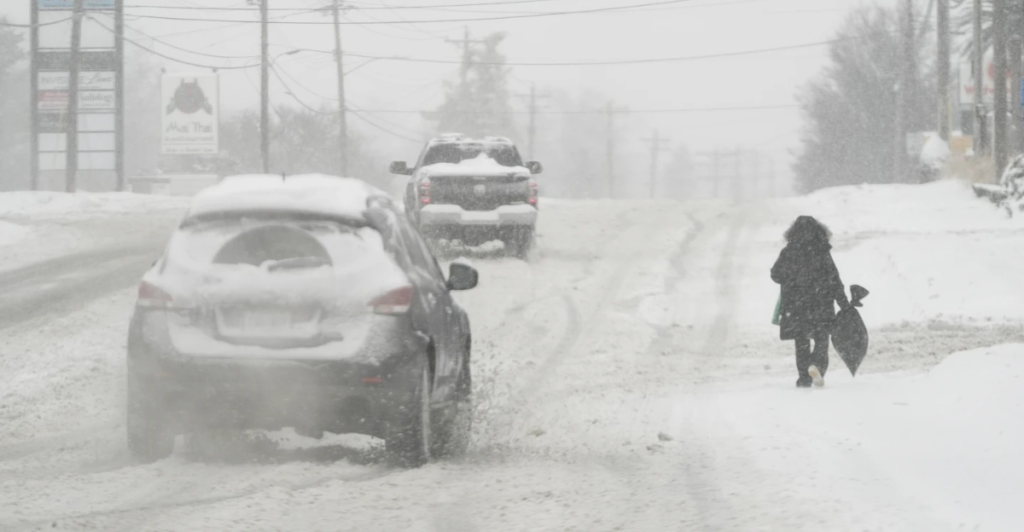
While polar vortex events are not unprecedented, the intensity and frequency of recent occurrences have raised concerns. The upcoming cold wave is expected to bring some of the coldest temperatures in over a decade to certain regions. Comparisons are being drawn to previous significant events, such as the January 2014 polar vortex, which brought record-low temperatures to many parts of the United States.
Understanding historical patterns can provide insight into the potential duration and severity of the current event. However, each occurrence has unique characteristics, and advancements in meteorological science have improved forecasting accuracy, allowing for better preparation and response.
Preparation and Safety Measures
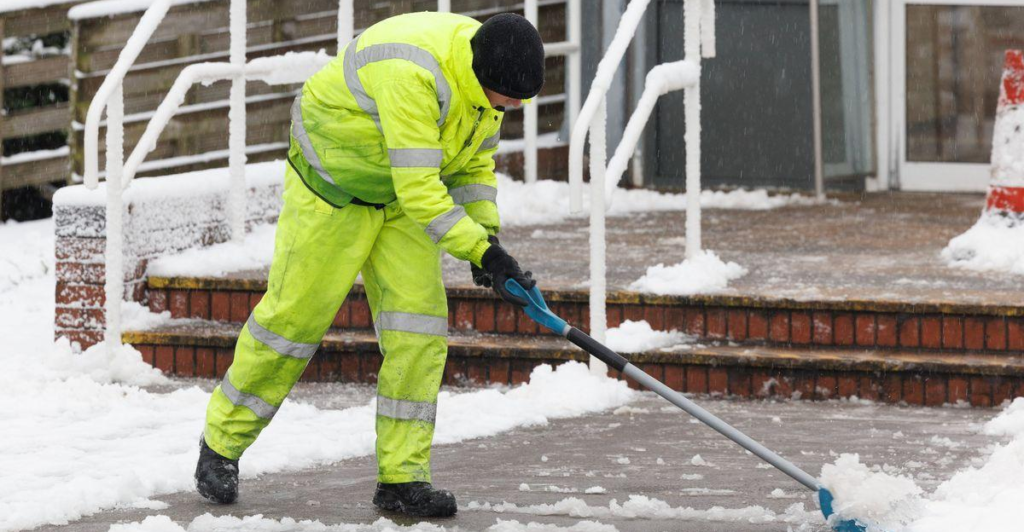
Authorities across the affected states are urging residents to take proactive measures in anticipation of the severe cold. This includes checking heating systems, insulating pipes to prevent freezing, and assembling emergency kits with essential supplies. Motorists are advised to equip their vehicles with winter emergency kits and to exercise caution when traveling.
Community organizations are mobilizing to provide warming centers and support for vulnerable populations. Public health advisories emphasize the importance of recognizing signs of cold-related illnesses and seeking prompt medical attention if necessary. Staying informed through reliable weather updates is crucial for timely decision-making.
Managing The Climate Change
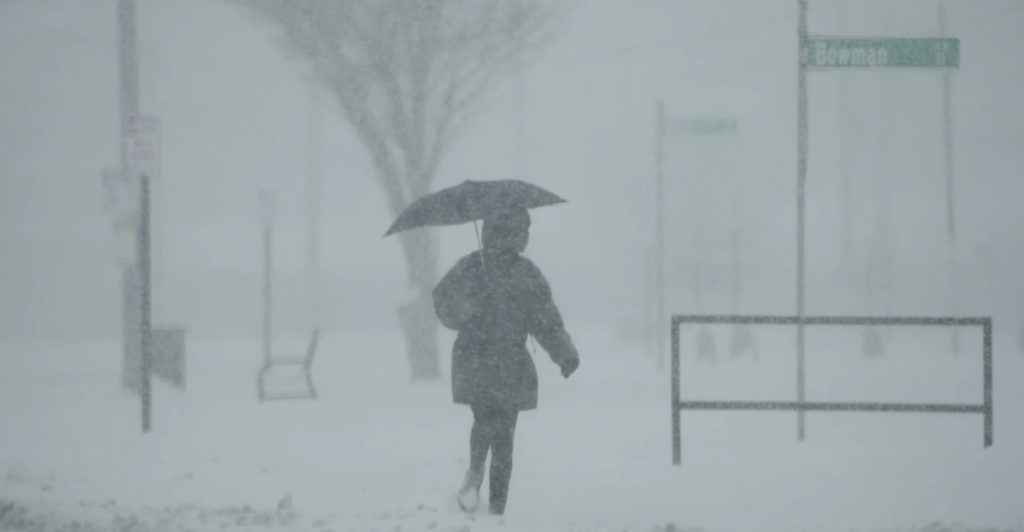
The impending descent of the polar vortex underscores the dynamic nature of Earth’s climate systems. While such events are part of natural atmospheric patterns, their increasing frequency and intensity may be indicative of broader climatic shifts. Understanding and preparing for these occurrences is essential to mitigate their impact on society.
People Prepare
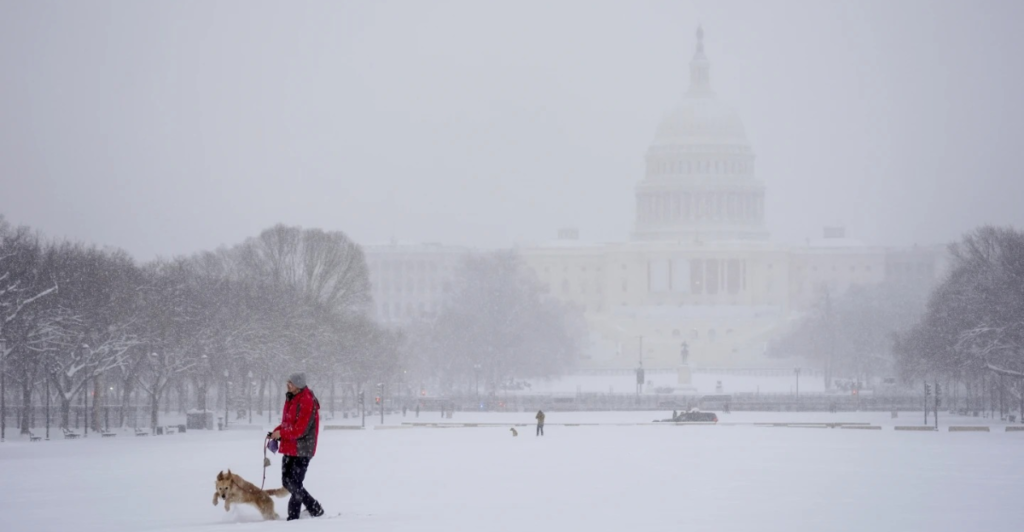
As the nation braces for this significant weather event, the collaboration between meteorologists, authorities, and the public will play a pivotal role in navigating the challenges ahead. Through informed preparation and community support, the adverse effects of the polar vortex can be managed, ensuring safety and resilience in the face of nature’s extremes.
Discover more of our trending stories and follow us to keep them appearing in your feed.

10 Easy Ways To Stop A Charging Dog
Polar Vortex Approaches—How to Shield Your Home from Extreme Cold
Why Grolar Bear Numbers Increase With Climate Change – The Grizzly-Polar Hybrid Is Taking Over
Diamond Dust Could Reverse Climate Change—But at a $175 Trillion Cost
Stay connected with us for more stories like this! Follow us to get the latest updates or hit the Follow button at the top of this article, and let us know what you think by leaving your feedback below. We’d love to hear from you!







